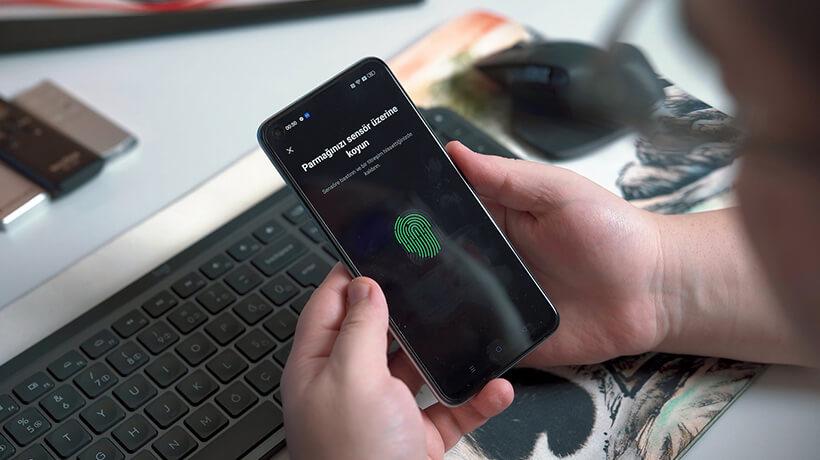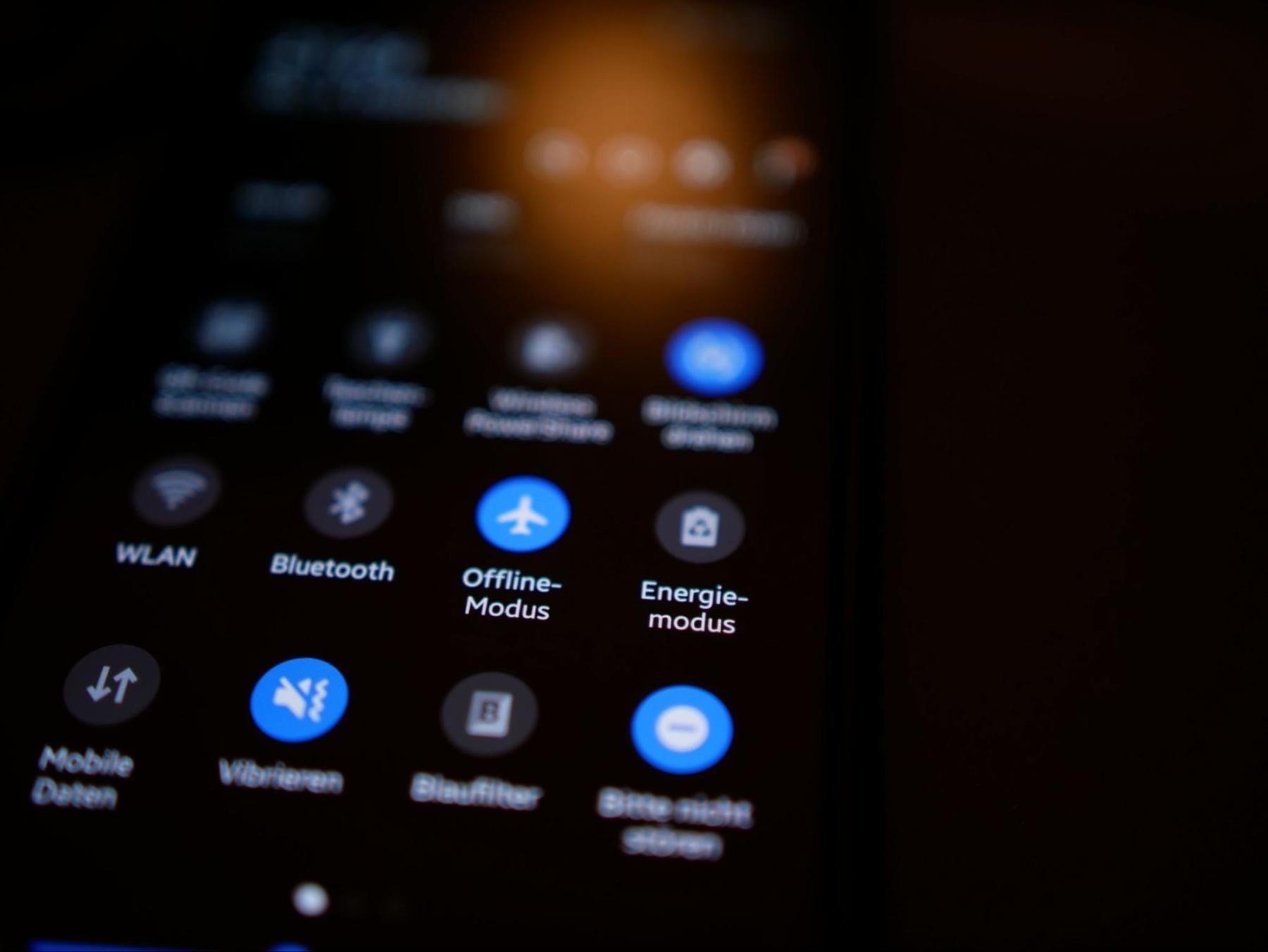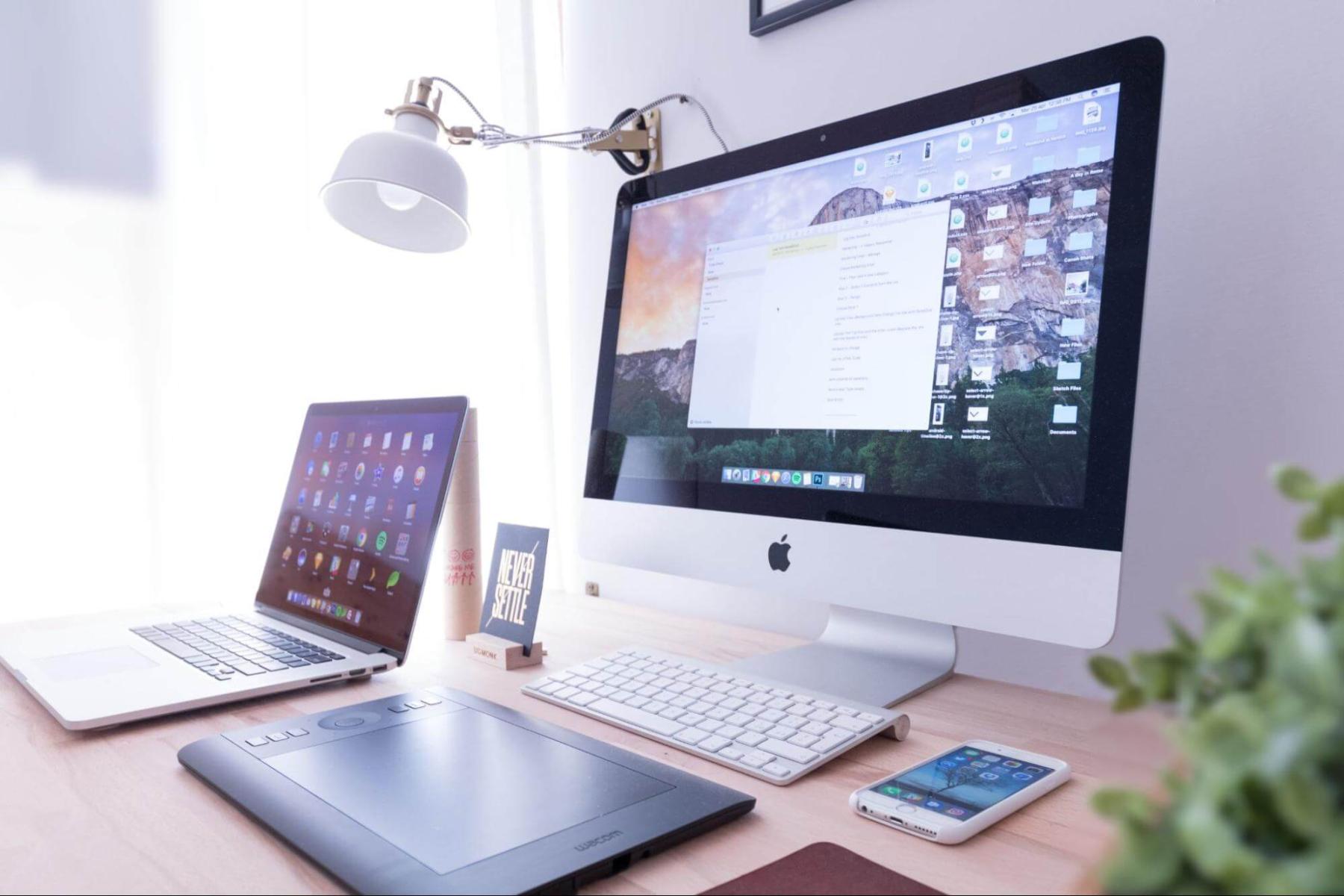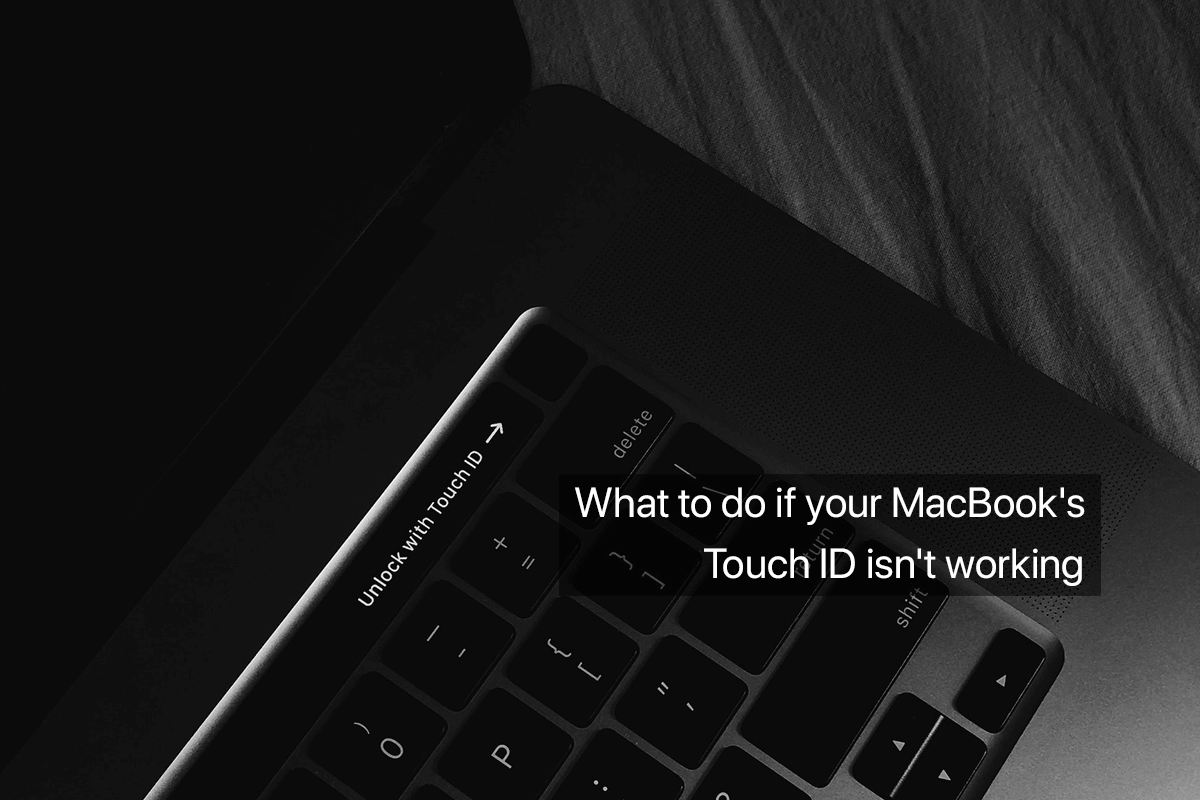Having problems with your MacBook’s Touch ID? Then check out our full troubleshooting guide to fix it from home!
MacBooks are everywhere—in your home, on the train, and even in some modern call centers. One of the reasons they’re so popular is that they’re secure and easy to use.
A big factor in this is Apple’s Touch ID, which allows you to log into your MacBook using biometric data, rather than memorizing (another) eight to 12-digit password.
When it works, Touch ID is great. Identity theft is a big problem in today’s modern landscape, so whether you’re using a MacBook Air, MacBook Pro, or new Apple Silicon Mac, it makes life safer as well as more convenient.
But what’s more frustrating than when a feature that’s supposed to make life simpler refuses to work? The following article discusses Touch ID and what to do if yours isn’t playing ball.
What is Touch ID?
Touch ID uses a scan of your fingerprint to provide access to your MacBook. You can also use it to make purchases and authenticate Apple Pay.
To do this, your MacBook records the exact shape of your fingerprint using something called capacitive touch. It then grants access to various services when a matching print is presented to the sensor.
Last year, identity theft came in at number one on the list of most common fraud cases. Over 1.4 million complaints were posted by the FTC. So, keeping your phone or MacBook safe is vital, and Touch ID is one of the most effective weapons in your arsenal.
However, for it to work, both your hardware and software have to be operating together. That’s because Touch ID uses a physical sensor, which then interacts with your apps and operating system.
If it stops working, several culprits could be to blame. These include issues with your settings, physical damage, fingerprint recognition problems, problems with macOS, or issues with your hardware.
However, before you start checking your settings and resetting your hardware, we need to consider cases in which this isn’t a mistake, but merely a normal part of Apple’s security design.

Free-to-use image sourced from Unsplash
Is there actually something wrong?
There are many reasons why Apple will ask you to enter your password rather than use Touch ID. Some of these are for security, so before you try to fix the feature, ask yourself the following questions:
- Have you just restarted your MacBook?
- Has your MacBook been locked for over 48 hours?
- Have you recently logged out of your user account?
- Have you tried to use Touch ID five times in a row?
- Have you recently registered or deleted fingerprints?
If the answer to any of these questions is “yes”, you may have to sign in the old-fashioned way. After that, Touch ID should be back up and running.
If none of the above apply, however, you may need to fix something. Fortunately, we have a full troubleshooting guide below.
Once you’ve sorted the issue, you can get back to using your MacBook for whatever you want, whether that’s logging into your social media accounts, accessing a hosted phone solution, or just plain old surfing the web.
Six ways to fix faulty Touch ID
Now, onto that troubleshooting guide we promised you.
1. Restart your MacBook
Unsurprisingly, restarting your MacBook is the first thing you should try. When it’s running, there are often a lot of processes working behind the scenes.
These leave behind an electronic footprint, usually in the form of background processes you don't need anymore. This uses up system resources, such as RAM, and your system can become sluggish as a result.
When you restart your computer, all these processes are brought to a close, which can help get everything working as it should.
Restarting your MacBook is simple:
Head to >Apple menu, then press >Restart.
All done and dusted (it’s surprising how many problems this can fix).
2. Wash your hands and clean the sensor
This is another simple fix that accounts for a lot of Touch ID malfunctions.
If your finger is dirty or wet, your MacBook will struggle to read the exact shape of your fingerprint.
So, make sure your finger is clean and dry. Any lotions, food, or oils can cause problems for the reader.
Wipe the Touch button with a dry microfiber cloth, too, to remove any dirt or build-up. Microfiber is a good cleaning tool because it’s soft and nonabrasive.
Once you’ve done this, there should be nothing between you and the reader. Try again to see if it works.

Free-to-use image sourced from Unsplash
3. Check your settings
While Touch ID should be enabled automatically for all your apps and features, sometimes problems can be solved by going to your settings. You may have disabled the use of Touch ID for some tasks but not others.
To find your settings, go to >Apple, then >System Preferences. Once you’re there, go to >Touch ID.
Under the ‘Use Touch ID for’ section, you’ll be able to see which apps and services have Touch ID enabled.
You can enable everything you want by turning them on or off.
Once you’ve done this, don’t forget to reset your Mac.
4. Add or delete fingerprints
Now that you have Touch ID enabled and nothing is blocking the sensor, a possible problem is that Touch ID is having trouble with your fingerprint.
This could be a sign that your fingerprints were registered incorrectly. When setting your fingerprint, the Mac has to capture the full surface of the print. If you didn’t do this right, you may have to delete the fingerprints stored on your Mac and start again.
First, go to >Apple Menu, then >System Preferences. Proceed to >Touch ID.
This time, you need to find the small ‘x’ above each recorded fingerprint. Delete all fingerprints by entering your MacBook password.
Next, select >Add Fingerprint.
Make sure your fingers are clean and dry and add your new fingerprints, ensuring the sensor captures the whole image.
It’s advisable to add more than one fingerprint so you have backups in case any of them don’t work. Once finished, simply press >Done.
5. Update macOS
OS stands for “operating system”. This is a piece of software that manages all the other applications. It’s an intermediary between the hardware and your apps.
If your macOS is out of date, it can cause untold troubles for your hardware and app functionality. Often, apps are built with the new macOS version in mind and will malfunction if they try to work with an older one.
Updating your operating system also provides other security benefits. This is how Apple often fixes weaknesses in its security.
So, to keep your macOS up to date, try doing the following:
Click on >Apple Menu, then go to >System Preferences. Here, there should be a section called >Software Update.
Or, click the Apple Logo, and go to >About this Mac.
Both options will show a >Download and Install button if new versions of the macOS are available.

Free-to-use image sourced from Unsplash
6. Resetting your hardware
Another possibility for a malfunctioning Touch ID is a problem with your hardware.
Hardware describes the physical components of the Mac itself. This includes the processing unit, the random access memory, and data storage.
Some MacBooks have a chip called a “system management controller” (SMC). This handles running various pieces of hardware, including the power button, keyboard, and, most importantly, the fingerprint sensor.
Note: if you have an M1 - or Silicon Mac - you don’t need to worry. Apple has recently integrated the SMC, so it resets automatically every time you restart.
However, if you have any of the Macs below, resetting the SMC is a good idea to fix issues with the fingerprint sensor:
- A MacBook Pro or MacBook Air produced between 2018 and 2020.
- MacBooks with non-removable batteries produced before 2018.
- Even older MacBooks with removable batteries.
Importantly, each of these has a slightly different reset procedure. These are as follows:
MacBook Pro/MacBook Air 2018-2020
Turn off your MacBook, then press and hold the Power button for 10 seconds. This should restart the Mac and reset the SMC.
If this does not work, shut down the MacBook. Then press and hold Right Shift, Left Option, Left Control and the Power button for seven seconds.
Release the keys, wait a few seconds, then restart your Mac.
MacBook with non-removable battery (pre-2018)
Turn off your Mac, then press and hold Option, Control, Shift, and Power.
After 10 seconds, release the buttons, and turn on your system.
Old MacBooks with removable batteries
Shut down your Mac.
Remove the battery, then press and hold Power for five seconds.
Re-attach the battery and turn on your MacBook.
Whichever MacBook you own, your SMC should be reset.

Free-to-use image sourced from Unsplash
What to do if your Touch ID still doesn’t work
Now that you’ve followed our troubleshooting guide, your Touch ID should be working. If it isn’t, it’s time to contact Apple.
The best way to do this is to go to your nearest Apple store, or you can go to the Apple website and send your MacBook away.
This way, the professionals can check for signs of internal or water damage.
The final word: security is everything
In 2023, it’s so important to protect your digital information. Whether you’re using Touch ID to defend your MacBook or inspecting an unknown domain name and asking yourself ‘what is .io?’, a multi-pronged approach is always best.
Remember, digital fraud is a dangerous and growing problem. Your information can be used to steal data, run phishing scams, or even fake your identity.
So, next time you’re logging onto your MacBook Pro, MacBook Air, or Silicon Mac, be careful. Only then can you rest easy and go back to doing everything you need to do online, whether that’s checking your emails or learning how to get a virtual phone number from Vonage.
